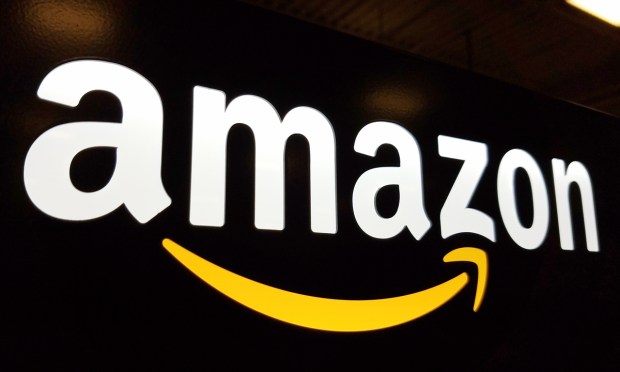
Customer acquisition is an expensive endeavor.
Companies want to have an installed base of avid users — enthusiastic buyers who remain loyal, transact frequently and don’t need much outreach in terms of marketing and promotion. These customers help margins.
To monetize its ecosystem of customers, Amazon is testing a new feature on its app — “Buy Again” — that is designed to prod users to repeat purchases.
The “Buy Again” function is housed in a tab displayed on the app homepage and makes recommendations across a variety of categories.
There’s a conceivable on-ramp to a wider embrace of subscriptions. “Buy Again” users might find themselves hitting the button enough — on a purchase-by-purchase basis — to realize that it’s easier to pivot to Prime or “Subscribe and Save” so that items arrive automatically and regularly. Customers wouldn’t run out of a household staple and have to hit “Buy Again.”
The move comes as the company is reportedly mulling new subscription offerings in grocery and healthcare. Amazon might introduce stand-alone offerings in those segments. The company’s latest earnings results showed that subscription services revenues were up 13% year on year to $9.9 billion in the June quarter.
There’s a boon for the merchants, too, should “Buy Again” be rolled out across the Amazon universe. Amazon has been banking on the growth of third-party seller services, which include logistics and shipping. Repeat purchases could go a long way toward keeping on-platform and off-platform companies firmly loyal to Amazon.
In the latest quarter, Amazon said its third-party seller services revenues were $32.3 billion, or nearly 24% of the consolidated top line, and were up 17% year on year. A shift toward more visibility in repeat purchases, and especially subscriptions, means that inventory management can become more efficient.
Amazon seems to have incentives to recharge subscriptions. The company lost about a point in its “share” of subscriptions overall to 65% in May. Generation Z subscribers slipped by about 10%, as measured against the previous month. There has also been a dip in subscribers earning between $50,000 to $100,000 annually.
Inflation has also been a concern. Early data from Amazon’s Prime Big Deal Days event showed consumers are gravitating toward low-cost kitchen gadgets and apparel.
And while holiday spending trends have yet to be fully evident, repeat purchases are clearly on Amazon’s long-term roadmap.
For all PYMNTS retail coverage, subscribe to the daily Retail Newsletter.